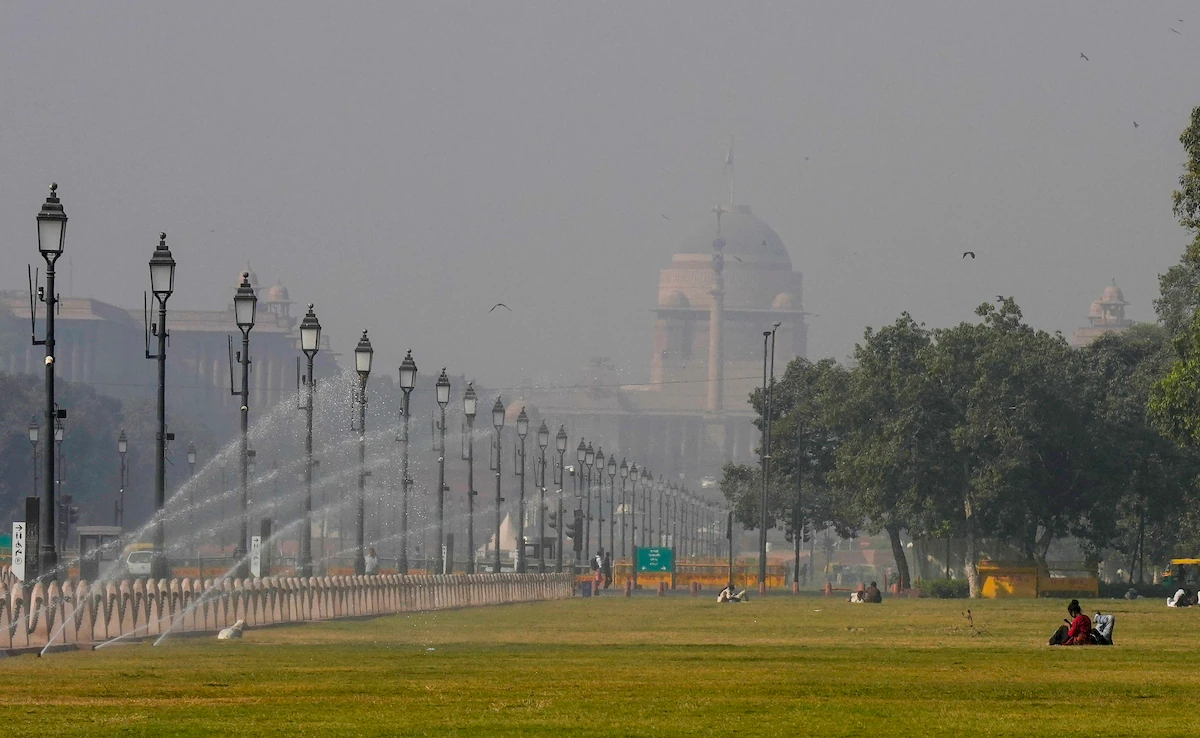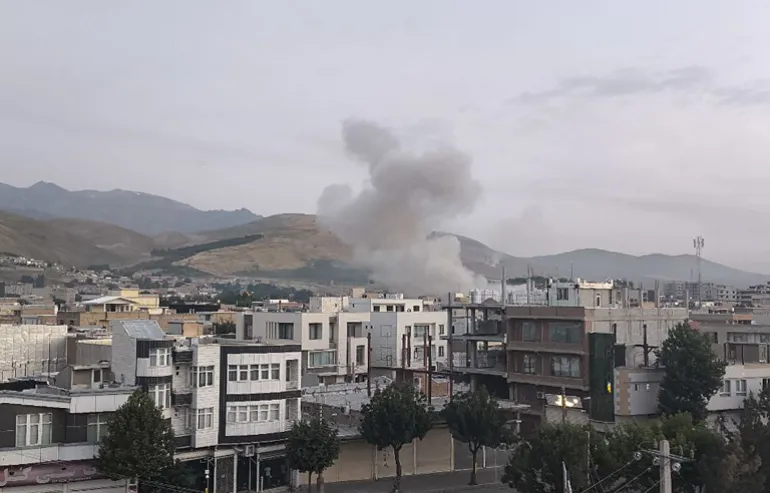- Courses
- GS Full Course 1 Year
- GS Full Course 2 Year
- GS Full Course 3 Year
- GS Full Course Till Selection
- Answer Alpha: Mains 2025 Mentorship
- MEP (Mains Enrichment Programme) Data, Facts
- Essay Target – 150+ Marks
- Online Program
- GS Recorded Course
- NCERT- First Ladder
- Polity
- Geography
- Economy
- Ancient, Medieval and Art & Culture AMAC
- Modern India, Post Independence & World History
- Environment
- Governance
- Science & Technology
- International Relations and Internal Security
- Disaster Management
- Ethics
- Current Affairs
- Indian Society and Social Issue
- CSAT
- 5 LAYERED ARJUNA Mentorship
- Public Administration Optional
- ABOUT US
- OUR TOPPERS
- TEST SERIES
- FREE STUDY MATERIAL
- VIDEOS
- CONTACT US
Six Areas to Get New Air Quality Monitoring
Six Areas to Get New Air Quality Monitoring

Why in the News?
- Delhi is going to set up six new air quality monitoring stations.
- These will be Continuous Ambient Air Quality Monitoring Stations (CAAQMS).
- CAAQMS are special stations that keep checking the air quality all the time (24/7).
- They help to find out how clean or polluted the air is in a particular area.
- This is being done by the Delhi Pollution Control Committee (DPCC).
- The goal is to get better information about pollution in areas that are not usually seen as polluted.
- The government wants these stations to start working by August 2025, before the winter season begins.
What are the Key Highlights
- These new stations will be placed in areas like:
- Jawaharlal Nehru University (JNU)
- Indira Gandhi National Open University (IGNOU)
- ISRO Earth Station
- Delhi Cantonment
- Commonwealth Sports Complex
- Netaji Subhash University (West Campus)
- Delhi already has 40 automatic and 7 manual stations.
- Out of the 40 automatic stations, 26 were set up by the DPCC. The rest were set up by IMD, IITM, and CPCB.
- Stations must be in open areas with good airflow.
- CPCB suggests number of stations based on city population:
- 1–5 lakh: 4 stations
- Up to 10 lakh: 6 stations
- Up to 50 lakh: 8 stations
- Above 50 lakh: at least 16 stations
- They must be at least 25 metres away from chimneys or roads.
- Equipment must be 20 metres away from trees or buildings to avoid wrong data.
- The sampler should be placed 3 metres above ground level.
- The stations will measure many pollutants such as:
- PM10, PM2.5, sulphur dioxide, nitrogen oxides, carbon monoxide, ozone, ammonia, benzene, and toluene.
- These stations will also record weather data like wind speed, temperature, and humidity.
- The data will be sent in real time to the DPCC and CPCB servers.
- Each station will have a digital display board to show current air quality.
- These stations will work all day and all year (at least 90% of the time).
Central Pollution Control Board (CPCB)
Establishment:
Headquarters:
Key Objectives:
|
What are the Significances?
- Better Pollution Tracking Across the City: These stations will give pollution data from areas that are not usually seen as pollution hotspots, like green or less crowded places.
- Complete and Fair Data Collection: Earlier, only busy or polluted places were being monitored. Now, even cleaner-looking areas will be covered, giving a full and fair picture of Delhi’s air quality.
- Helps Government Take Local Actions: The data will help the government make area-wise plans to reduce pollution, like controlling vehicle traffic or planting trees.
- Public Awareness: People living near these stations will see real-time air quality data on digital boards and understand pollution levels better.
- Support for Policy Making: The pollution data can guide scientific research and help in making new environmental policies for Delhi.
- Winter Pollution Preparation: Since the stations will be ready by August 2025, they will help monitor and manage the sharp rise in pollution during winter months.
- Use of Advanced Technology: These stations will monitor many pollutants and also record weather conditions, which helps understand how weather affects pollution.
What are the Challenges & Way forward?
|
Challenges |
Way Forward |
|
1. Some people still believe green areas are not polluted |
1. Create more public awareness that all areas, including green ones, can have hidden pollution. |
|
2. Limited air monitoring in non-hotspot regions. |
2. Expand monitoring stations to more places across Delhi and nearby regions. |
|
3. Equipment may give wrong readings if placed near trees or roads. |
3. Follow proper CPCB guidelines strictly while installing stations. |
|
4. High maintenance needed for continuous functioning. |
4. Ensure the third-party agency does regular checks and repairs as per agreement. |
|
5. Real-time data may not always be accurate without regular calibration. |
5. Conduct regular calibration and quality checks of the instruments. |
|
6. Data must be easy to understand for common people. |
6. Display clear and simple Air Quality Index (AQI) on digital boards at each station. |
|
7. Winter months bring sudden pollution spikes |
7. Use early data from new stations to prepare action plans in advance |
|
8. Lack of trained staff for data monitoring |
Train dedicated teams and appoint qualified monitoring and security staff |
|
9. Long-term funding and commitment required |
9. Government must ensure continuous support, funds, and political will for clean air programs |
Conclusion
The expansion of Delhi’s air quality monitoring network reflects a shift toward more inclusive and data-driven environmental governance. By installing monitoring stations in areas previously overlooked, authorities aim to capture a fuller picture of pollution exposure across the city. This approach not only enhances scientific understanding but also strengthens public accountability and informed decision-making. Investing in robust infrastructure, long-term maintenance, and transparent data-sharing can pave the way for more effective air quality management and healthier urban living.
|
Ensure IAS Mains Question: Q. The expansion of air quality monitoring infrastructure in urban India is essential for informed policy-making and public participation. In the context of Delhi's recent decision to install new CAAQMS stations in non-hotspot areas, critically evaluate the significance of decentralized environmental data collection. (250 words) |
|
Ensure IAS Prelim MCQ Q. Consider the following statements with respect to Continuous Ambient Air Quality Monitoring Stations (CAAQMS):
How many of the above statements is/are correct?
Answer: a Explanation:
|



